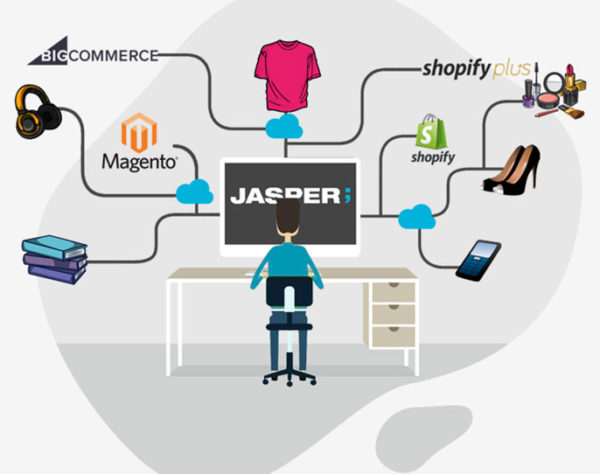
7 Signs You Need A Better Solution for Managing Product Data
The challenge for companies to efficiently meet the dynamic demands of product data for omnichannel is increasing exponentially. This is especially true for businesses attempting to support multiple stores, geographic regions and marketplaces. Unfortunately, many businesses;- Are unaware they have an issue
- Excuse laborious, manual and expensive processes and tools as a “part of business.”
- Have no idea to how to alter their current system architecture and workflows.
- Attempt to solve their product data issues with methods and tools that do not fit their specific needs.
3 Signs You’re Ready to Implement a Solid PIM Solution
Having worked with many large-scale brands including; Berlin, Avery Dennison, Delasco, Skullcandy, Me to We, Powell’s Books, Chuck Levin’s and Spinning.com, we’ve found several, common signs that a business is ready to assess their current technology suite architecture, revisit their operational workflows and evaluate how leveraging a PIM can help them scale the way they do business.Sign #1: Balancing Product Data Across Multiple Storefronts, Geographic Locations and Marketplaces
Companies working to expand globally or seeking ways to optimize the way they sell across multiple stores, geographic regions, physical retail and third party marketplaces, like Amazon and eBay. Growing brands spend a considerable time and/or require an enormous staff to launch new or update their current product catalog. It’s challenging, often expensive, and makes it tough to expand and companies can quickly fall behind their competition.Sign #2: Inconsistent Imports for Product Data
Typically, each product data supplier provides product data via a specific system, tool, or even email. Product Data Sourcing Examples:
|
|
Sign #3: Inefficient and Fragmented Technology Stack Architecture
If manual processes are in place, error prone data and inefficient workflows are likely running rampant across an organization. By lacking a PIM system to govern and validate information, important data is easily outdated or lost. You’re also denying your organization the opportunity and benefits of maintaining and sharing product data across your entire commerce technology suite. A PIM not only centralizes and sanitizes product data, but a solid PIM solution will provide an Integration Platform as a Service (iPaaS) enabling a two-way sync across all business applications including;
|
|
4 Signs You May Want to Re-Evaluate Your Current “PIM” Solution
Although many companies come to us ready to tackle product data for the first time, it’s not uncommon that we work with companies who have already have a “solve” in place. Here are some frequent ways in which brands work to address the way they manage product data, but end up setting themselves back.Attempt to Solve #1: Manipulating a Manual PIM
As you can imagine from the examples above, this is the most common way organizations attempt to solve their product information woes. Teams attempt to work with Excel sheets, pivot tables and cross scripting SQL. As discussed, this method is costly, prone to error, time consuming, frustrating for staff and leadership lacks confidence in data to guide their strategy.Attempt to Solve #2: Attempting a Custom PIM
When companies attempt to implement a PIM on their own they almost instantly find themselves under water. It’s not uncommon to underestimate the depth of their product reach integrations. Teams are left, inundated with tools, half-baked integrations, broken data workflows, mounds of technical debt and wasted resources.Attempt to Solve #3: Selecting an “All-In-One” Solution
One size does not fit all and all-in-one solutions are ridged, bloated and expensive. They lack the ability to handle the delicate mix of mitigating consumer front-end load and internal performance. Meeting you specific business needs including; customizing front end merchandising workflows, inventory and accounting back office process are simply too large and complex a software challenge.Attempt to Solve #4: Current PIM Provider Isn’t a Good Fit
It happens, tools are selected and implemented only to find that that they don’t live up to expectations. Sometimes business purchase what we like to call a “PIM-like” product that doesn’t scale as their business evolves or does not provide all the features needed to support operations from start to finish. Either that, or companies find themselves attempting to stitch together connections or begging for the features and functionality they were promised when they signed. No matter the case, it’s never too late to pivot and no technology and/or workflow should be too complicated if a PIM solution is a solid one. If you need assistance, you’re welcome to reach out as we offer a free optimization consultation that will help you better understand your business’s needs and requirements. We’ll help you ask the tough questions regarding your company’s current challenges prepare you to evaluate PIM solutions that are best suited for your business. Thanks for reading! ]]>
Comments






